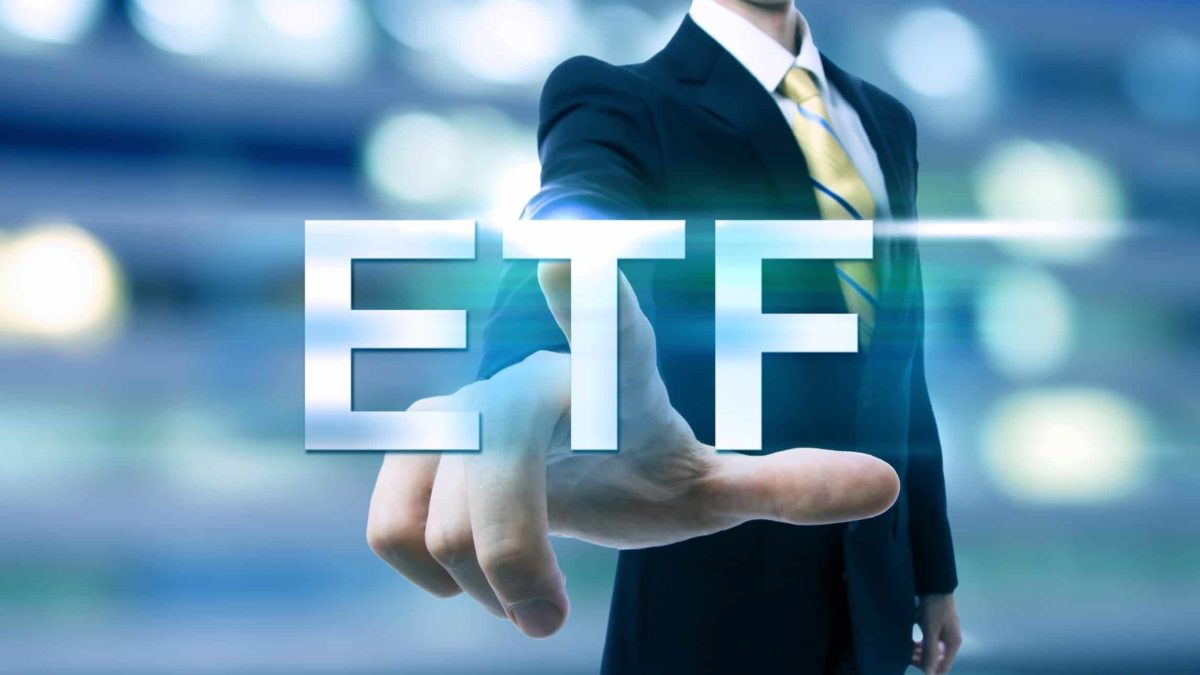Exchange-traded funds (ETFs) are a great way for investors to get exposure to a wide group of businesses with just one transaction. There are a number of ways to invest in the ASX share market such as the ASX Australian share ETFs iShares Core S&P/ASX 200 ETF (ASX: IOZ) and the Vanguard Australian Shares Index ETF (ASX: VAS).
These two funds are among the largest in Australia. At the end of October 2024, the IOZ ETF was $6.1 billion in size and the VAS ETF's fund size was $16.8 billion.
Of course, fund size alone is not enough to separate these two ASX ETFs.
Let's compare them on some of their significant differences.
Benchmark
As the name suggests, the iShares Core S&P/ASX 200 ETF tracks the S&P/ASX 200 Index (ASX: XJO), a list of 200 of the largest businesses on the ASX.
The Vanguard Australian Shares Index ETF tracks the S&P/ASX 300 Index (ASX: XKO), being 300 of the largest businesses on the ASX.
The biggest allocations in both ETFs are to the same names of Commonwealth Bank of Australia (ASX: CBA), BHP Group Ltd (ASX: BHP), CSL Ltd (ASX: CSL), National Australia Bank Ltd (ASX: NAB), Westpac Banking Corp (ASX: WBC), ANZ Group Holdings Ltd (ASX: ANZ), Macquarie Group Ltd (ASX: MQG), Wesfarmers Ltd (ASX: WES), Goodman Group (ASX: GMG) and Woodside Energy Group Ltd (ASX: WDS).
The main difference is that the VAS ETF owns an extra 100 businesses compared to the IOZ ETF. However, while those extra 100 holdings do add diversification, they have the smallest allocations, so they don't make a huge difference to the VAS ETF overall.
Fees
One of the great advantages of ETFs that follow benchmarks is that they can have very low costs.
Fees obviously reduce our total returns, so the lower the fee, the better.
The IOZ ETF has an annual management fee of 0.05%.
The VAS ETF currently has an annual management fee of 0.07%.
Those costs are extremely low and are essentially indistinguishable, though the iShares Core S&P/ASX 200 ETF does slightly edge it.
Total returns
Ultimately, we're investing for returns, so let's look at what returns the two funds have delivered.
Over the past five years, the VAS ETF has returned an average of 8.12% per annum.
In the last five years, the IOZ ETF has delivered an average return per annum of 8.08%.
Perhaps unsurprisingly, the two funds have achieved extremely similar returns. But, the VAS ETF has managed to deliver a slightly better return.
Which is the best ASX Australian shares ETF to buy?
Overall, I think the VAS ETF could be a slightly better ASX Australian shares ETF choice.
I believe it's possible the VAS ETF may eventually reduce its fees again, which would be great for all investors involved.
More importantly, smaller businesses typically have more of a growth runway than large businesses. If there is going to be any future difference in performance between the two funds, I'd suggest the smallest 100 companies in the ASX 300 could provide more growth than the ASX 200 and potentially help the VAS ETF deliver slightly better overall returns.









